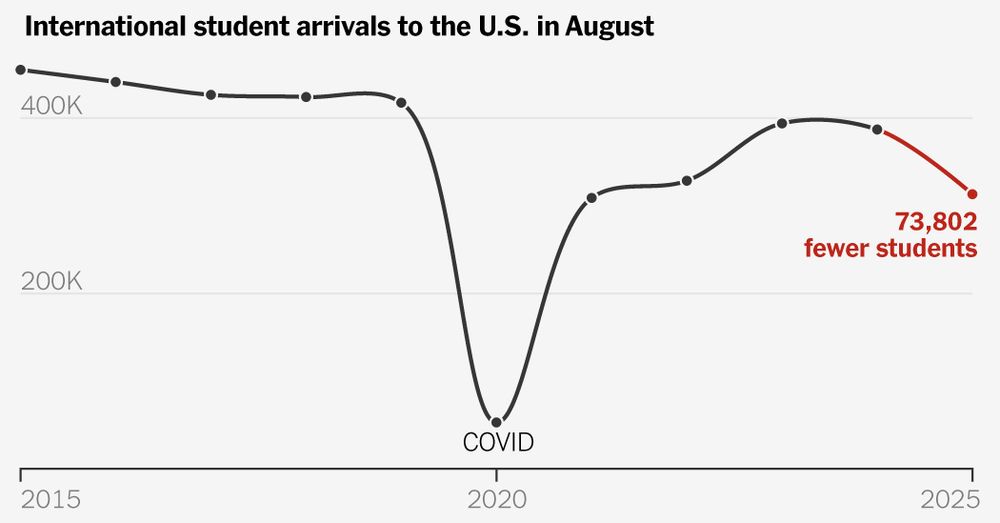Graham Coop
@gcbias.bsky.social
6.2K followers
1.3K following
850 posts
Population and evolutionary genetics @UCDavis. Posts, grammar, & spelling are my views only. He/him. #OA popgen book https://github.com/cooplab/popgen-notes/releases
Posts
Media
Videos
Starter Packs
Reposted by Graham Coop
Reposted by Graham Coop
Reposted by Graham Coop
Reposted by Graham Coop
Reposted by Graham Coop
Reposted by Graham Coop
Reposted by Graham Coop
Reposted by Graham Coop
Reposted by Graham Coop
Reposted by Graham Coop
Reposted by Graham Coop

















